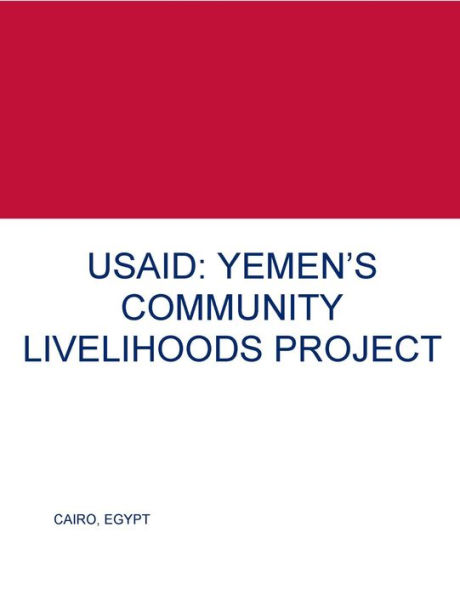Yemen ranks as one of the world’s poorest countries and one with a high population growth rate. This combination is placing a serious strain on its already limited resources. Adding to these challenges, Yemen has endured political strife and secessionist movements since the 1960s, which have hurt safety and stability.
These conditions drove USAID/Yemen to launch the Community Livelihoods Project to mitigate the causes of instability in Yemen. On July 1, 2010, the mission signed a 5-year, $124 million cooperative agreement with Creative Associates International Inc. to carry out the project. Creative was to implement a variety of activities across Yemen to increase employment opportunities, promote community participation, strengthen local governance, and improve access to quality services, particularly in health and education. As of March 31, 2013, approximately $59.5 million had been obligated and $50.7 million disbursed for the project.
The project ran into problems early. Beginning in January 2011, widespread demonstrations rippled throughout a number of Middle Eastern countries in what later became the “Arab Spring.” The demonstrations sparked a revolution in Yemen that ended the 33-year rule of President Ali Abdullah Saleh. A new president took office on February 25, 2012, a date that the audit team and many other people mark as the end of the revolution in Yemen.
The Regional Inspector General/Cairo (RIG/Cairo) conducted this audit as part of its fiscal year 2013 audit plan. Because of the revolution and the sweeping effects it had on the country and the project, the audit divided its analysis into two periods: pre-revolution (July 1, 2010, to February 2012) and post-revolution (March 2012 to March 2013). RIG/Cairo conducted this audit to answer two questions:
1. What was the status of USAID/Yemen’s Community Livelihoods Project through the end of Yemen’s revolution?
2. Has USAID/Yemen made adjustments to the Community Livelihoods Project since Yemen’s revolution to improve project performance?
Overall, the project has delivered mixed results. In response to the first question, the audit determined that the project made limited progress in its first 20 months (page 5). It was delayed from the beginning because USAID/Yemen was slow to introduce the project to various officials in the Yemeni Government. The revolution and subsequent personnel evacuations continued to postpone progress. After the revolution, the project encountered additional delays as staffing and security challenges arose.



